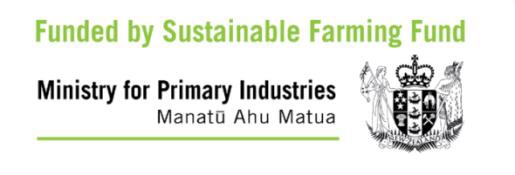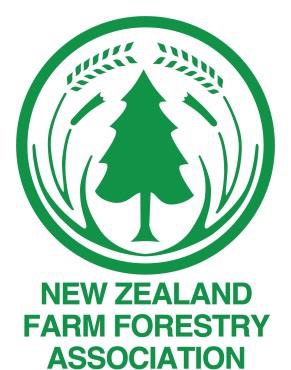The Target Diameter Harvesting demonstration model


Download Target Diameter Harvesting Demonstration Model.xls »
Target diameter harvesting (TDH) system is selective felling and extraction of individual trees once they reach a certain diameter. A successful and well-known TDH system based on radiata pine is found at Dr John and Rosalie Wardle’s property, Woodside, Oxford, North Canterbury.
As a part of the project “Alternatives to clear-felling for radiata pine’, an economic feasibility study was carried out to assess the profitability of TDH, and this model was constructed. The full model enables a comparison of TDH at four case study sites using discounted cashflow analysis; there is also a comparable standard optimum rotation age analysis for a clearfell regime in the same four forests.
This simplified demonstration model shows the key results and variables in the study, including:
- Stand descriptions based on recent inventory data
- Results from YT Gen modelling and production details
- Discounted cashflow analysis (Net Present Values) for both TDH and clearfell regimes at one forest - ‘Property C’.
Using the demonstration model
There is some flexibility for users to explore the model by changing some key parameters. These parameters are found highlighted in yellow in the top left-hand corner of the spreadsheet:
- Target diameter
In TDH system, trees are required to reach a certain diameter to be harvested. The model allows users to test different target diameters from 45 – 60cm at 5cm intervals. - Harvest interval
This study has an option to change the harvest frequency for TDH system. Users can choose to either harvest annually or every three years. - Harvest residual trees
Trees that do not grow enough to meet target diameter requirement over the project period (i.e. 20years) are called ‘residual trees’. The model‘s default position is that all ‘residual trees’ are harvestedat the end of the period, but the user can also select to not harvest these trees. - Discount rate
The discount rate can also be varied as required.
Other variables such as log prices and costs are also open for changes, but this would be a more time-consuming exercise.
Total recoverable volume @ TDH max harvest level
The graph ‘Total recoverable volume @ TDH with max harvest level’ shows the outcome if a maximum harvest level is set for each harvest (m3/ha). In practice this would be done to avoid large fluctuations from year to year.

 Farm Forestry New Zealand
Farm Forestry New Zealand